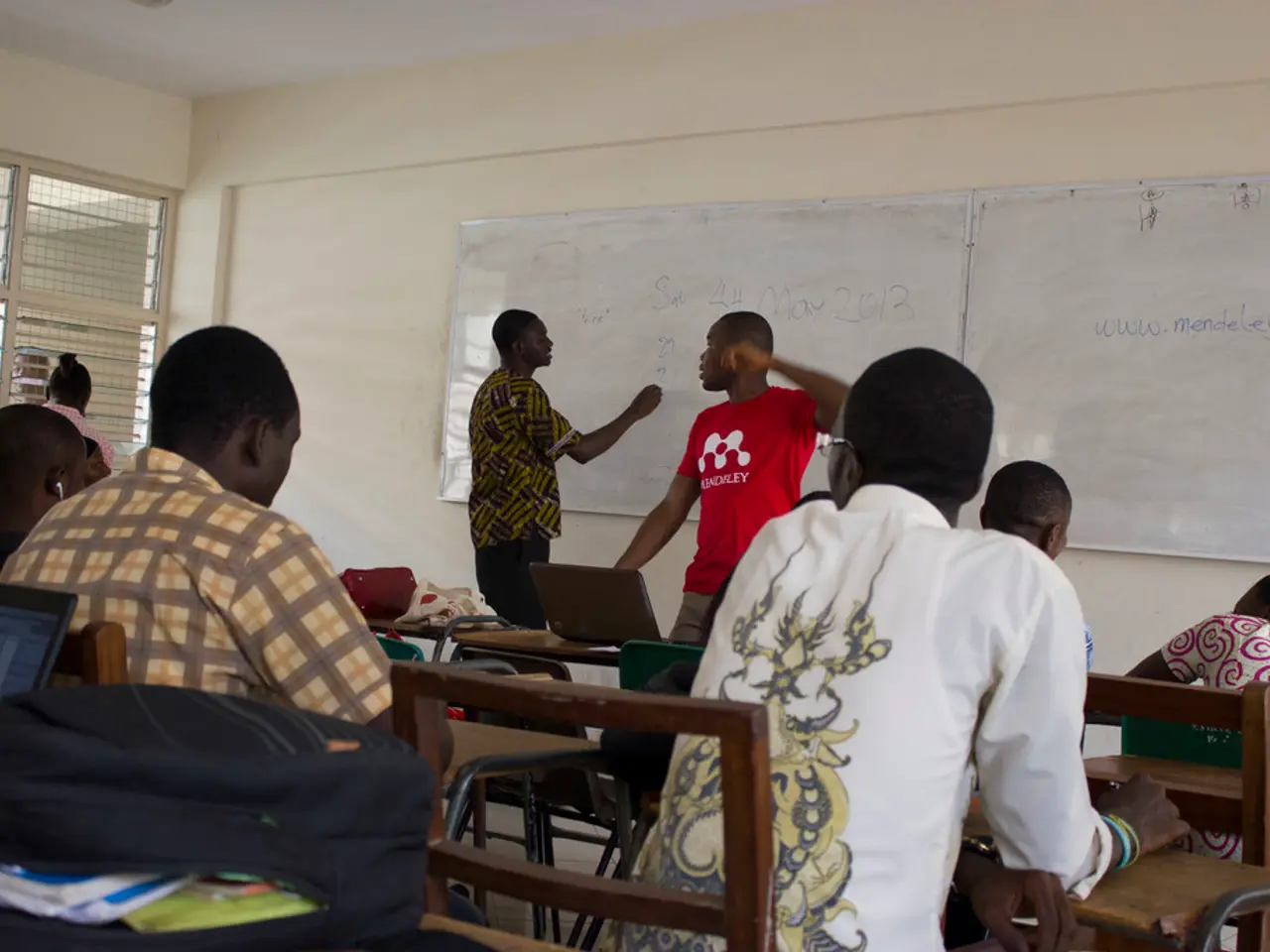Examining the Self-Determination Theory's Impact on Education
Self-Determination Theory (SDT) is a powerful approach that can transform the way educators engage with students, enhancing their motivation and academic success. This theory focuses on three psychological needs: autonomy, competence, and relatedness.
By supporting students' autonomy, educators can offer meaningful choices in learning tasks, allowing students to feel a sense of control over their learning process. For instance, letting students select topics for projects or methods to complete assignments fosters autonomy.
Building competence is another key aspect. This involves providing appropriately challenging tasks with clear feedback that helps students experience success and perceive progress in their skills. This promotes their sense of efficacy and mastery, fueling motivation to continue learning.
Fostering relatedness is crucial in creating a classroom atmosphere where students feel connected and supported by teachers and peers. Positive social relationships enhance engagement and help internalize motivation.
Encouraging internalization of motivation involves helping students see how learning activities align with their personal values and interests. When motivation moves from controlled (external pressures) to autonomous (internal endorsement), students invest more effort and demonstrate greater persistence.
Implementing self-determination interventions, such as the Self-Determined Learning Model of Instruction (SDLMI), can promote goal setting and autonomy, which research shows is linked to better academic goal attainment, especially important for students with disabilities but beneficial broadly.
Supporting teacher self-efficacy and intrinsic motivation is also crucial, as motivated teachers are more likely to adopt innovative and autonomy-supportive teaching methods that further enhance student motivation and learning.
In sum, applying SDT in education involves creating learning experiences that satisfy students’ needs for autonomy, competence, and relatedness, thus boosting autonomous motivation and leading to deeper engagement, sustained study effort, and ultimately improved learning outcomes across diverse student populations.
Policy implications for educational systems include prioritizing personalized learning experiences, building supportive relationships, and shifting assessment policies to reflect students' progress and interests. Real-life applications in the curriculum grounded in self-determination theory make learning relevant to students' lives, enhancing relatedness and engagement.
However, implementing self-determination theory in education can pose challenges such as the existing structure of traditional educational systems, practical application in large classrooms, and varying perceptions among stakeholders. Transforming education through self-determination theory necessitates changes in assessment, curriculum design, and classroom dynamics, such as incorporating student voice in curricular decisions.
Research on self-determination theory in education demonstrates its impact on student motivation and academic achievement, with a strong correlation between self-determined motivation and positive educational outcomes. By embracing this theory, educators can create a more engaging and effective learning environment for students.
- To support students' personal growth and career development, educators can integrate e-learning platforms that offer various instructional strategies, catering to students' autonomy by giving them control over their learning pace and selection of topics.
- The Self-Determination Theory encourages fosterings of autonomy, competence, and relatedness in education, which are vital for igniting students' curiosity and fostering autonomous motivation, essential for robust learning and subsequent education-and-self-development.
- Professional development programs for teachers could focus on self-determination interventions, like the Self-Determined Learning Model of Instruction (SDLMI), helping them to understand and adopt effective instructional strategies to enhance students' motivation, leading to better academic performance and overall learning success.




